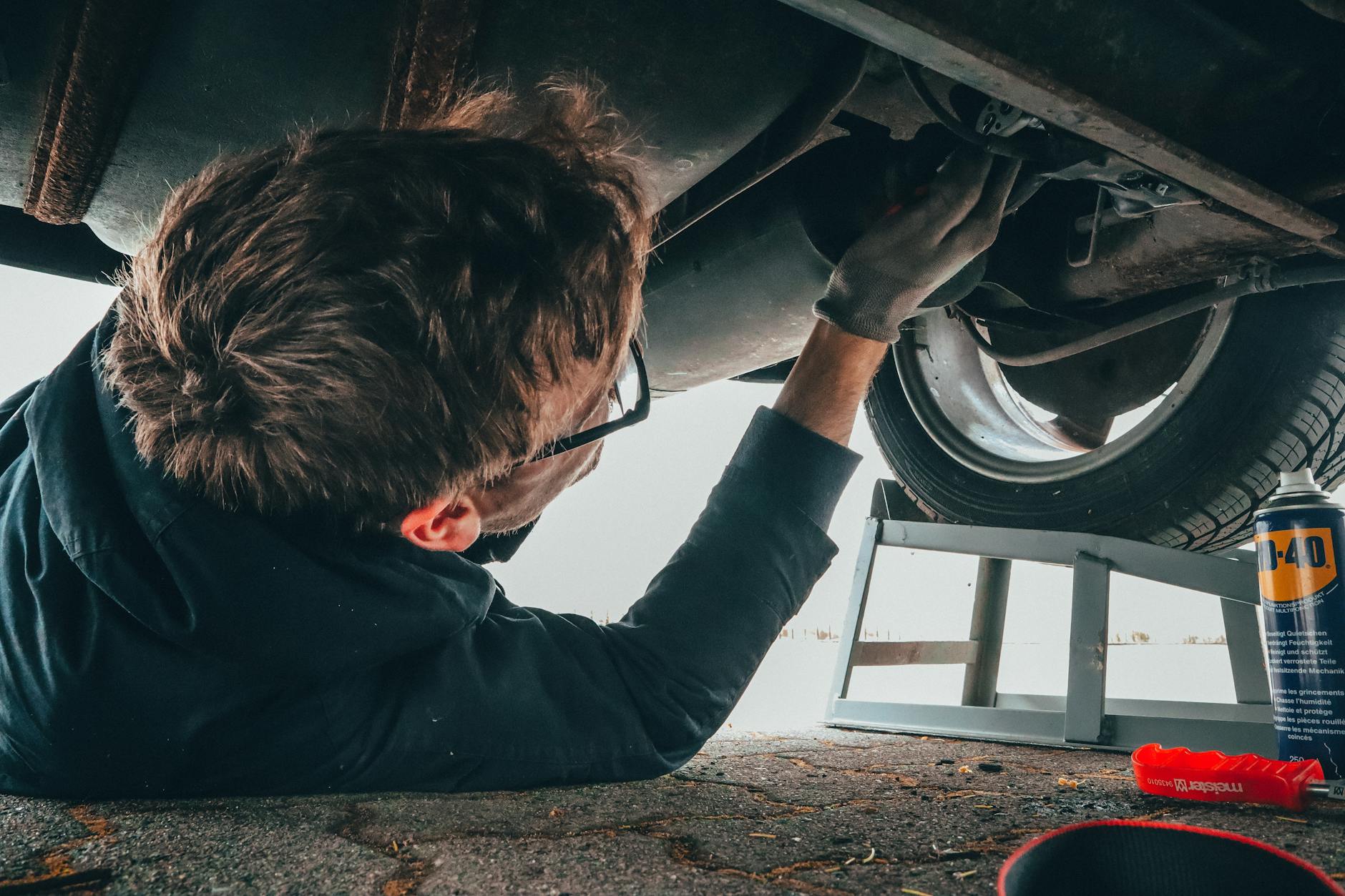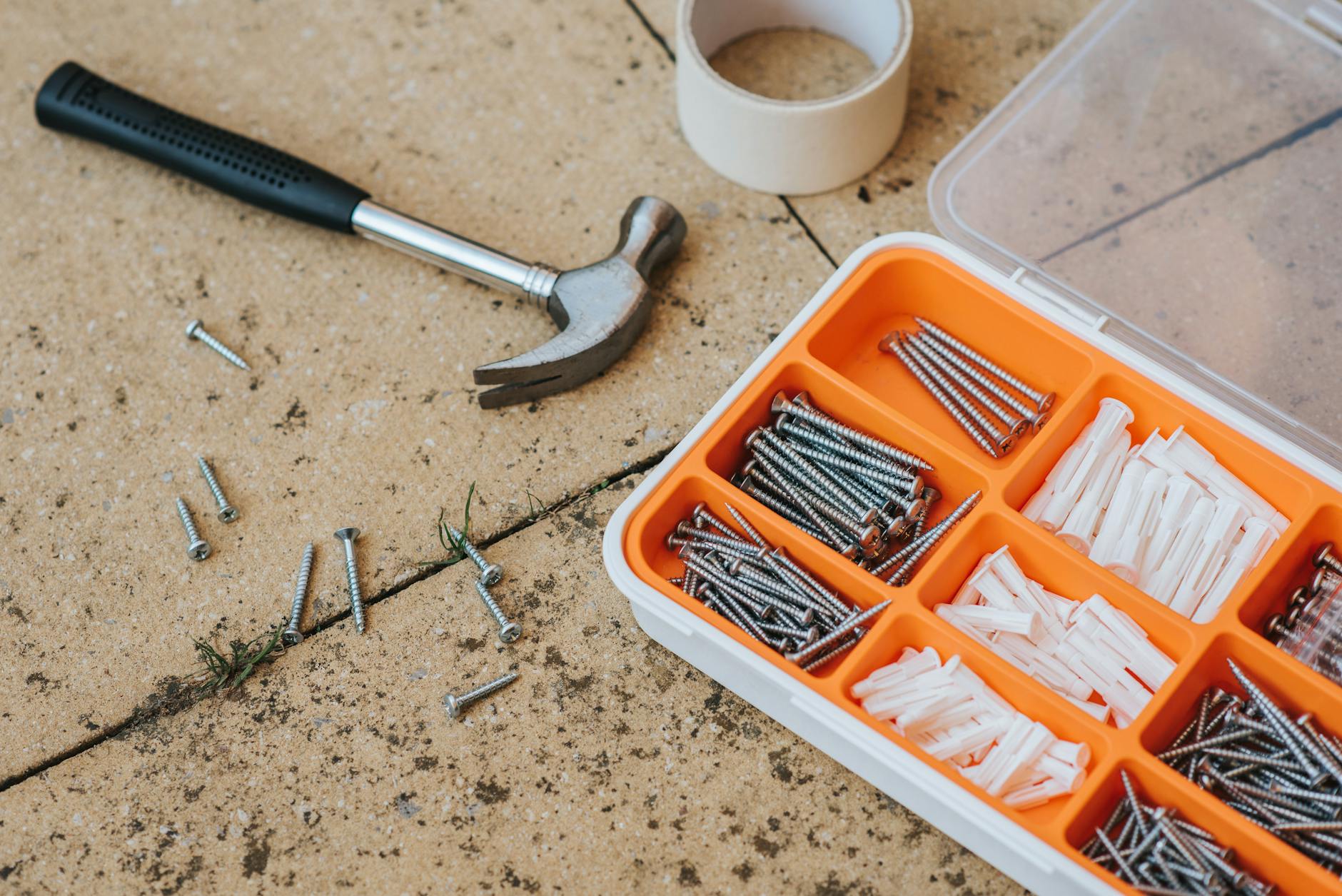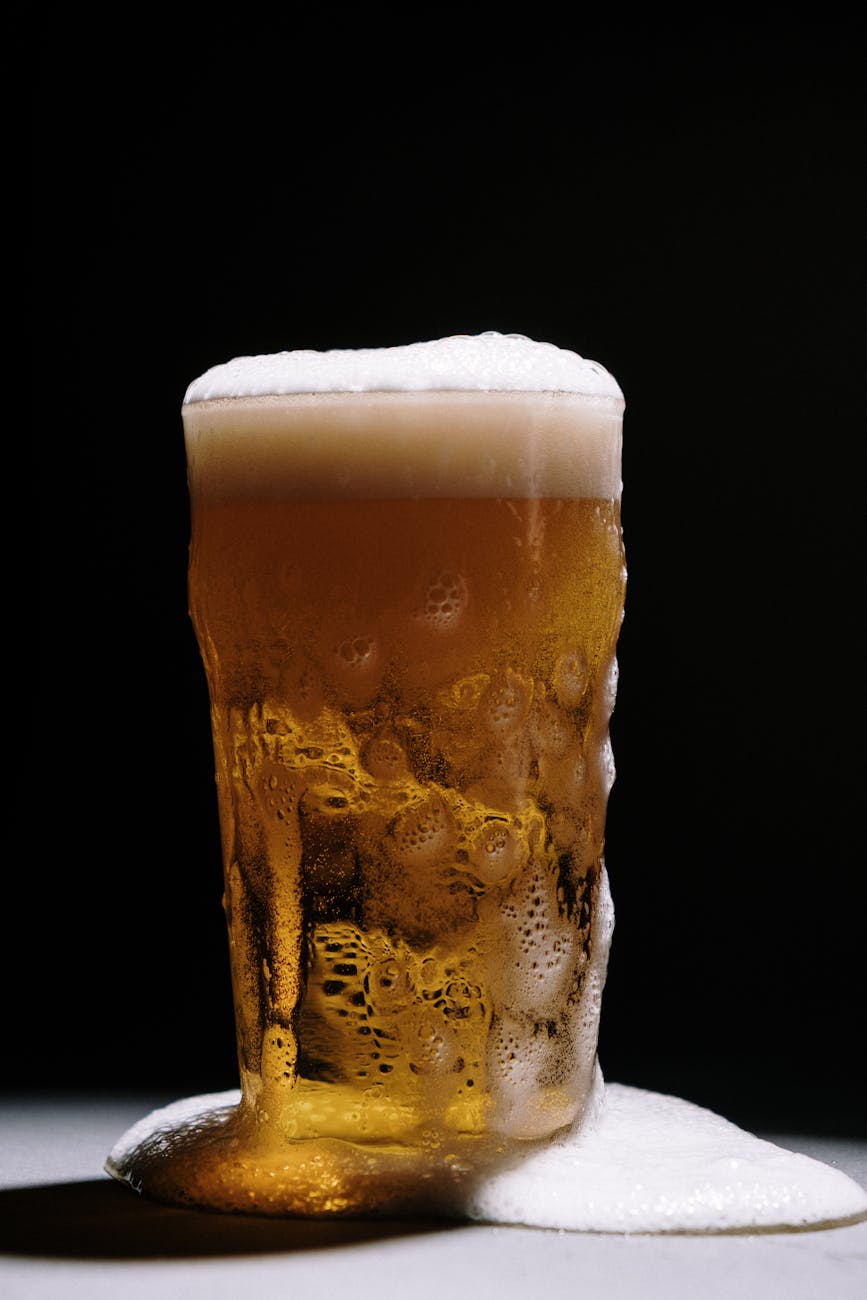OK time once again for an update on workflows. The big news is that DxO went into receivership, so I don’t know how stable it is. I hope they do survive. I also had a great conversation with the folks at Mylio (hat tip to Rob for that and David is always wonderful). Anyway, in terms of handling photos, here is what I’ve been thinking about.
Time to buy… sweet spots are stable
First is that shooting in RAW on a camera still seems like the best move. The main issue is what camera, the camera wars do seem to have stabilized with the 35mm full frame format at about 40-50 Megapixels, Camera phones at 12 MP. The big difference of course is what is the effective resolution given the Lense limitations. While DxOMark is hard to understand or analyze, there are other folks like Lensrentals.com and which do seem to be more transparent when they are measuring things like resolution.
The two smaller sweet spots are for the “now very small” point and shoot market, getting to 20MP with a 1″ sensor or 16MP for micro-4/3. And then for the super high end, moving to 100MP for the medium format (4″ x 5″ sensors).
As a reminder the big thing is what is the resolution at different parts of the photo. There is the center, then there are the corners. Also every lens has a perfect aperture and for zooms, the best focal length. So resolution is actually quite complicated.
The general rule though is that prime lenses are usually the sharpest. The big issue as we move from 20MP to 46MP in the cameras, is that you need much better glass to enable anything close to that, but the very best and most expensive lenses will give you an amazing 41MP/46MP.
It’s pretty clear now that the hardware has (finally!) stabilized after super rapid evolution over the last 10 years. I’ve been holding on to the venerable Canon 5D Mark II with 20MP and it still produces incredible shots particularly with prime lenses like the 50mm F/1.4 which I’ve been using more and more. And decent shots with the Canon EF 70-200MM F/2.8.
The Move to Mirrorless and the rise of Sony
More importantly, most of the major manufacturers have solved many of the old problems. That is lenses that couldn’t resolve well enough, enough lenses for the new formats like micro-4/3 and Sony FE lenses. As well as software problems like Sony using lossy compression on their RAW formats.
Second, the sensor performance has really moved ahead and in pretty much all categories, Sony has figured out how to solve the many problems of entry. They have a huge advantage in making the sensors themselves and at the low end, their Backside illuminated (BSI) with stacking of ICs is really leading. The result is that they typically are the fastest in taking photos and also in doing autofocus. The number of sensor points has gone up 2x from 9 point on the Canon 5D Mark II to 399 points on the Sony A7R III.
But across their entire line from Sony cameras in phones to point and shoots like the RX100 Mark VI to the Sony A7 III and A7R, they are doing a great job.
The Change in Flow to digital sharing
Ten years ago, I was making prints and DVDs to share with folks with a Sony hard disk camcorder and the Canon 5D2. Now all of that has merged because cameras can do both pretty well. And now 99% of the photo consumption is actually doing sharing to mobile phones. That has really altered my workflow so that there are really two.
The first is the 90% of the shots that I take with my EDC (every day carry) which is the iPhone X. That camera is just amazing at low light performance and the portrait mode really works. Moreover, you can easily share any photo in the Apple universe with iCloud Photo Sharing and then with a free Google Photos, you can share the same photos to the Android universe. Right now my friends and family are probably 75% iPhone and 25% Android, so you do have to do both.
Then everything else is really archival, so the backend process involves taking those photos and exporting them into real files and baking them into disk arrays and things. It is quite a comfort to know that Apple iCloud now does encrypted storage of all photos taken with the camera phone, so that is now the first line of defense against lost photos and “bit rot”.
For most people: Use a great camera phone
So what are my recommendations right now for hardware to buy, well in order here is what I would say.
iPhone X. First is that you should really upgrade to the latest iPhone, actually I take that back, wait until this fall release of the new iPhone and see what it brings. But basically get the best camera that you can. This stuff really seems to have settled down, but for those of you in the iPhone universe that’s the iPhone X/8 family with it’s dual lenses. To understand the resolution wars, you really need to find someone who has used Imatest to figure out resolution like PC Magazine. You can see that the base ISO looks like 100 or so and resolution is 2851 lph which is a pretty incredible 10MP effective resolution (2851^2 * 4/3 frame size).
99% of all users are going to shoot JPEGs, so the quality of image engine is pretty important as well, but it looks like the best ISO before noise reduction kicks in is ISO 400. Now the base iPhone camera application doesn’t support manual control and it is hard to integrate into the iCloud workflow without another application, but if you go to the trouble, you do get real RAW output and can use a separate application for that. The big issue is that you don’t get Live which is actually great for many shots and you with the new HEIC formats you are also getting 16-bit compressed support.
Android not quite sure. As for Android, I’m actually having trouble finding a decent review, but folks seem to like the OnePlus 6 as an example and the Pixel 2, but I haven’t done the research to know.
For the photo geek, add a Sony A7R III
Well get that camera phone and start shooting, but then you should add some gear, with both a best choice and then a value option as well.
Sony A7R Mark III. Ok this is a little unintuitive, but given that the iPhone with it’s 70mm effective Lense and 35mm covers so much territory, the next question is what camera should you get for the rest of the cases. Right now the cost is high at $3K, but the benefit is pretty huge.
The truth is that you will only really get 42MP if you are shooting from a tripod. And if you get the right (expensive!) glass, you can get 41MP resolution. And it works in settings where the camera. It’s a camera that is basically noiseless up to ISO 800 and the shorts are very good up to ISO 1600-3200 which is pretty incredible.
This is a super light and small mirrorless camera that have solved many problems over the last few years. The first is that the RAW output can now be lossless, the capture rates are so much better at 8 fps (the A7 is even faster), the number of focal points is incredible (399 points) and it tracks very well now, and finally the electronic viewfinder (EVF) has gotten to be much better. The A7R has a much higher resolution than the A7.
Sony A7 Mark III as a lower cost option. This is $1K less and is 24MP and is the best all around camera compared with the A7R, the 24MP is about the right level for most glass and also if you are shooting handheld a lot. The main thing to realize is that you will often go through 2-3 bodies for one lense set, so it makes sense with a limited budget, to get the best glass you can and cut back on the A7.
Lense Recommendations
Next going down to the list of lenses, part of the reason for this recommendation is that the quality of Sony full frame glass has really improved. But if you are going to do this, the key is to make long term investments in the glass. With the Canon, even today nearly 15 years after getting the first lenses, they are still worth something and the quality was very well matched to the bodies (first the 8MP APS-C sized Rebel and then the 20MP 5D). So now with Sony’s acquisition of Minolta, they have a nice set of lenses. Opticallimits.com that gives you the true bench resolutions of lenses
Here are some recommendations in order of image resolution (roughly this is the DxoMark, but I will add other more accurate reviews next) for the A7R II, but the III should be similar.
Sony Carl Zeiss Planar T* FE 50MM 1.4 ZA. What Lens to get is a good question, that depends on what you are shooting, but the basic kit would include a very high quality set of primes for the most common shots. Yes this Lense is relative big, but it has really top notch image quality. $1500 41MP effective for a 42MP A7R II and the A7R III should be similar (dxomark). This shoots best at F/2. But if you really want a great experience and want then buy just a single great lense and then more as you need it.
Sony FE Carl Zeiss Sonnar T* 55mm F1.8 ZA as a lower cost option. This is just slightly slower but $1K so quote, a “bargain” which is a very relative idea in this rarified air. Gets nearly the same 40/42MP on an A7R.
Once you have the basics, the question is where to go next. Well, there are two routes, first is to get a collection of primes or get a zoom lense. If you are interested in shooting, I’d recommend getting some primes, the image quality is really great with a good tripod, so moving, so the next lenses would be to get
Sony FE 85MM f/1.4 GM. This is a great portrait Lense and is marked Grand Master befitting it’s status and 36/42MP resolution. And super high resolution (DXOMark), This optical monster is another $1,500, so not for the faint of heart.
Sony Carl Zeiss Distagon T* FE 35MM F/1.4 ZA. The classic wide angle Lense and super high resolution again at 36/42MP on the A7RII. Expensive at $1700, but will last a lifetime.
Sony FE 28mm F2 as a lower cost option. This is wider angle and another option at 35/42MP. It’s a reasonable for a high quality prime $448.
Then for the travel or if you just don’t like swapping lenses all the time, there is a real dilemma, the classic 24-105MM F/4 is just not that great a lens. It has about half the resolution so you are looking at 26MP shots. I found the some thing with the original Canon 5D2. Instead if you want just as good resolution, take your 50MM shot and crop it. But if you are traveling, then the 50mm 1.4 is a good base lense, then what else should you have, so instead of the 35/50/85 combination, you could get these two lenses
Sony FE 70-200mm F2.8 GM OSS. This is really a superb zoom lense with 38/42MP resolution. While it doesn’t get that everywhere, but at 100mm and at F/2.8 it is really great. A good quality lense that’s hugely expensive at $2K, but great for weddings and travel.
Sony FE 24-70mm F2.8 GM. This is a nice compromise with 28/42MP which is not that bad but more importantly you can have a single lense for everything. Still, with a great 50mm F/1.4, then cropping is another option to get to 70mm equivalent. It’s expensive at $2,200, but really a nice lense.
Then there are specialty lenses that I wouldn’t actually buy, but for special purposes would be happy to get via Lensrentals.com:
Sony FE 400MM F/2.8. Ok this Lense is big and expensive, but if you are shooting nature or sports, it’s a must have. Use Lens rentals to get it for the special shoots.
Carl Zeiss Loxia 2.8/21. This is superb wide angle lenses with 37MP/42MP resolution, great for landscapes, but this is manual focus and super expensive.
Specialty cameras
Well if the bookends don’t work for you, then you have two other add-in cameras that you could add. The first is a point and shoot that works for those times when you don’t want to carry all that gear, but an ordinary camera phone doesn’t have the reach.
Sony RX100 Mark VI. This is the latest iteration of the 1″ 20MP sensor with a 70-200mm lense that is relatively slow, but has the reach that many people need and it is nearly pocketable although expensive at $1200. The 1″ sensor gives you very good ISO performance to ISO 800, so much better than a camera phone where ISO 200 is about where performance is best. There aren’t formal review yet of the Mark VI, but the Mark V with a very fast 24-70 F/2.8 lense did very well at Dxomark.
Sony RX0. If you want a sports camera, then don’t settle for the low optical quality of the GoPro and get a 1″ 20MP sensor (the same as the RX100) in a waterproof package. It uses a 24mm F/4 lense.





